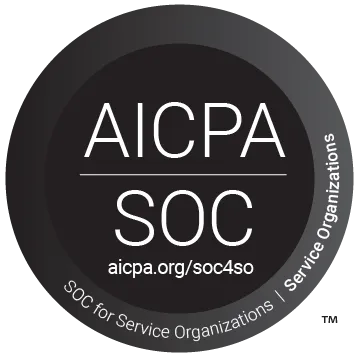Companies with shift-based workers and those with office workers returning after a pandemic hiatus may both find themselves considering providing transit benefits.
Some cities, such as Seattle, New York, Philadelphia, and others, may even mandate that a company provides these benefits. While it can be a complex field to navigate, providing a transit benefit can be a unique differentiator, providing both employer NPS (net promoter score) improvements and monetary benefits.
For employers with shift-based workers, they are able to provide transit to increase employee happiness, have a reliable service for getting employees to their place of work, and entice employees from areas that may not have considered working in a specific location.
For employers with office workers, convincing employees to return to office can be challenging. By subsidizing transit on their behalf, employees will have an easier, more affordable way to get back to work.
So what does it take to successfully roll out an employee transit benefit? Here are the main things that you should consider:
🗯️ Decide who is eligible for the benefit
Some employers may decide that they only want to provide transit benefits for their benefits-eligible employees, while others may want to provide for their full workforce. We often find that contractors and part time workers over-index on interest / usage for transit benefits and recommend considering them in employer planning.
🧑🤝🧑 Make sure your Human Resources and Finance departments are in sync on what’s included in the offering
Stakeholders across an organization must come together to deliver on transit benefits. The (2) primary groups we find are involved are HR, who typically are the ones spearheading these initiatives, and Finance, who make sure the program can be run within budget.
HR leaders should be prepared to discuss key attributes such as what the local requirements are, what this means for employee satisfaction, how it compares to competitor company benefits offerings, and other perks.
Finance should consider the implications of employer-subsidized transit vs. providing it pre-tax. While the pre-tax option may be more cost-efficient to employers, it tends to also be the status quo. Employers and their Finance departments should look holistically at their benefits offerings to see what subsidized transit would mean for their employees.
🚂🚲🚆 Decide which transit services you’d like to provide
IRS Code 132(f) outlines the transit options which are included as pre-tax benefits. These include (among others) bus, train, subway, and employee-owned bicycle maintenance and storage.
With Jawnt, employers can choose to offer additional transit options that are not included in pre-tax benefits, but aid employees with getting to work and getting about their city. These include micromobility options such as bikeshare, scootershare, and ridehailing services. These new services are increasingly popular and are effective at filling potential gaps in public transit.
⚖️ Opt to fully subsidize, plan for pre-tax, or go with a combination of the two
Employers have a choice as to whether they cover the cost of transit for their employees fully, provide partially subsidized transit, or create a pre-tax program through which employees can purchase transit.
Fully subsidized transit is a highly differentiated employee benefit, enabling companies to stand out from their competitive set. It is a reasonable commitment that has meaningful impact on employees.
When employers offer a pre-tax transit benefit, they benefit from a decrease in their FICA contribution (~7.65% of the employee’s transit spend) and employees benefit from a decrease in their taxable income, which can add up to ~$1,000 / year.
📣 Talk to your employees to make sure they’re aware of the benefit
Last but certainly not least - it is vital that the new transit benefits program is well communicated to employees. People don’t use what they don’t know about! Leveraging company wiki’s or intranet and sending all-employee emails go a long way to a successful rollout.
-----
With Jawnt, we have the platform to offload the burden of onboarding and continually managing employee transit benefits, which so often falls on the back of the HR team (who have a million other things on their plates!). We can handle the process from start to finish - get started with Jawnt today to learn more.
Photo by Annie Spratt on Unsplash










.png)
.png)


